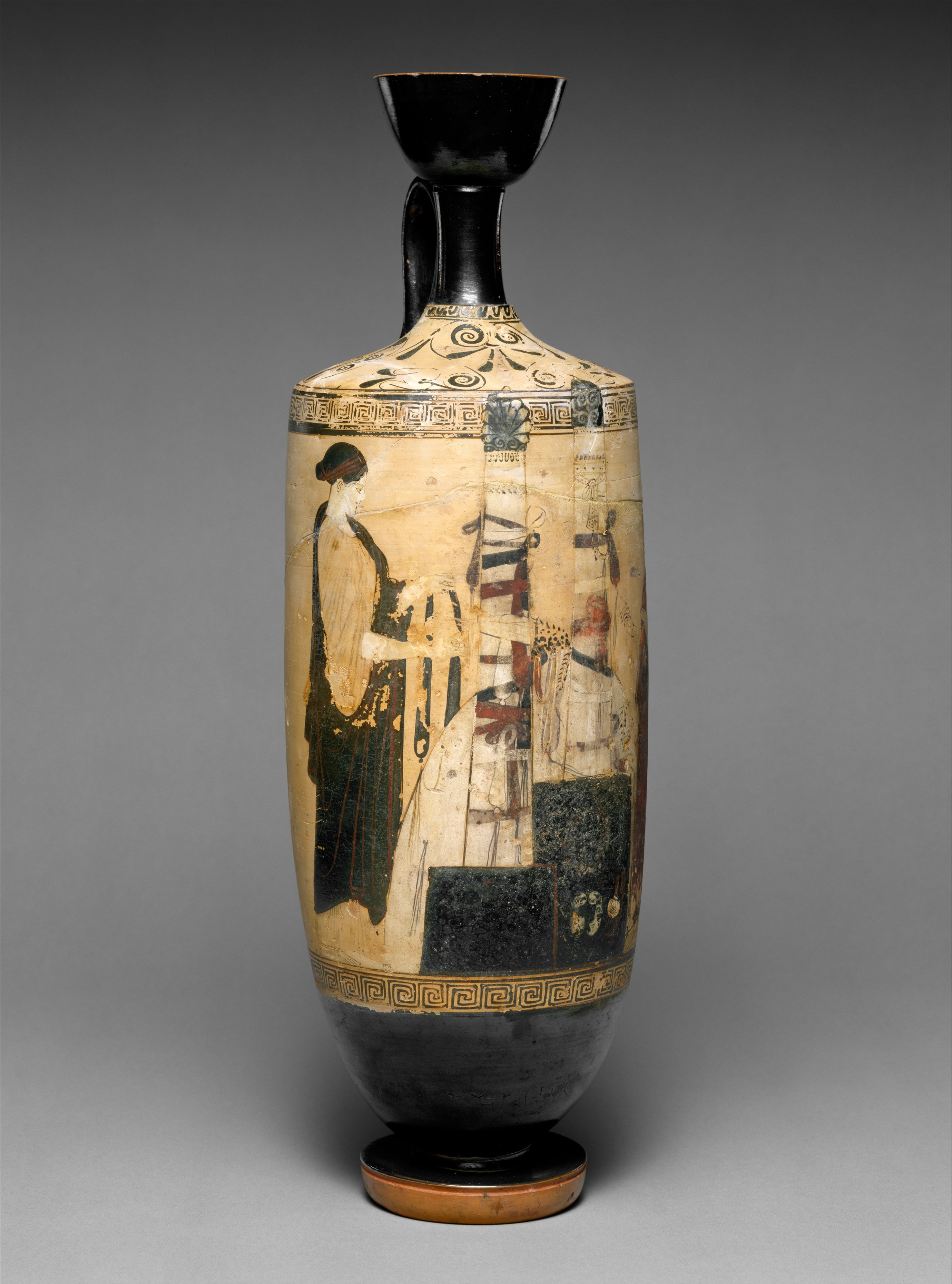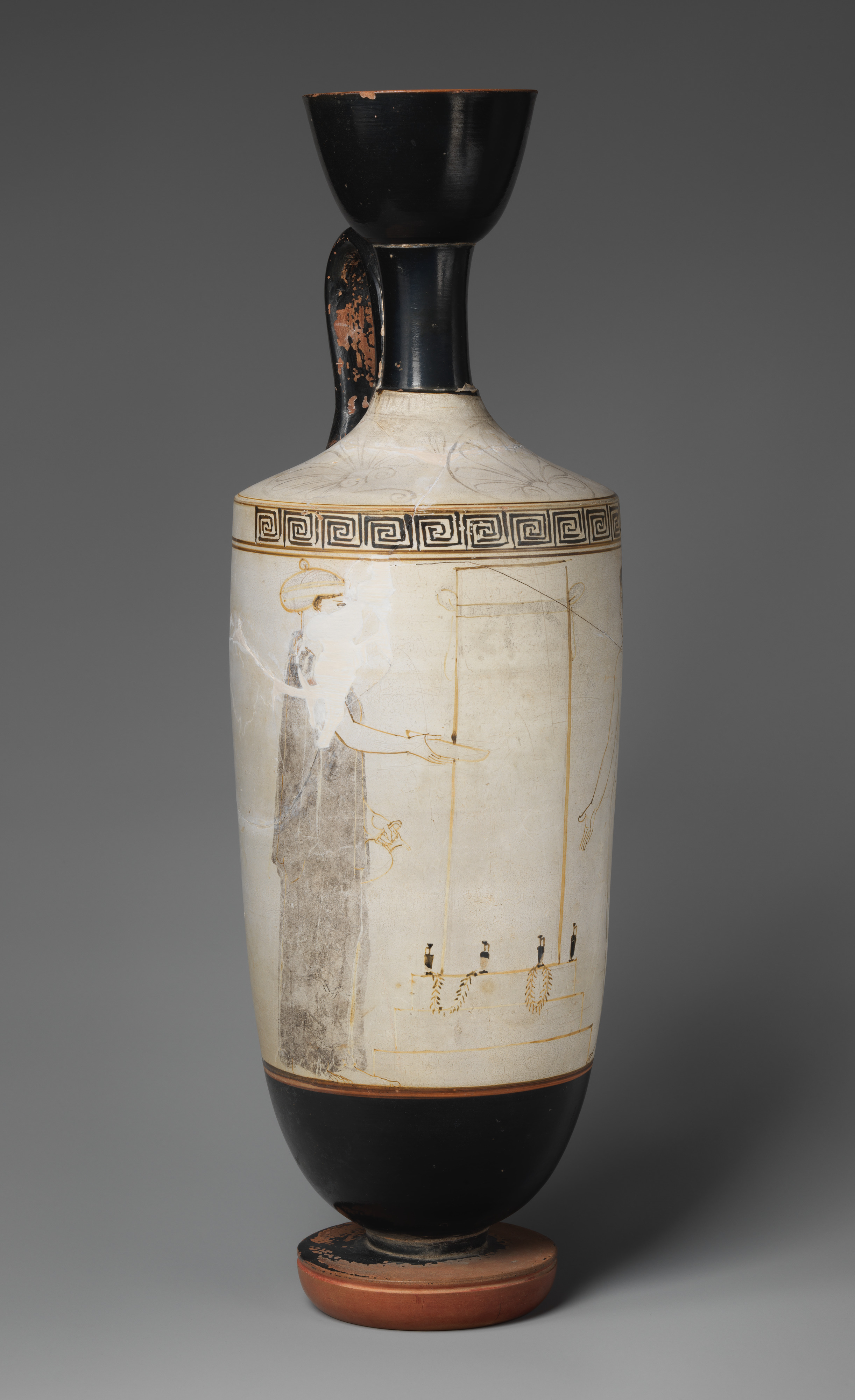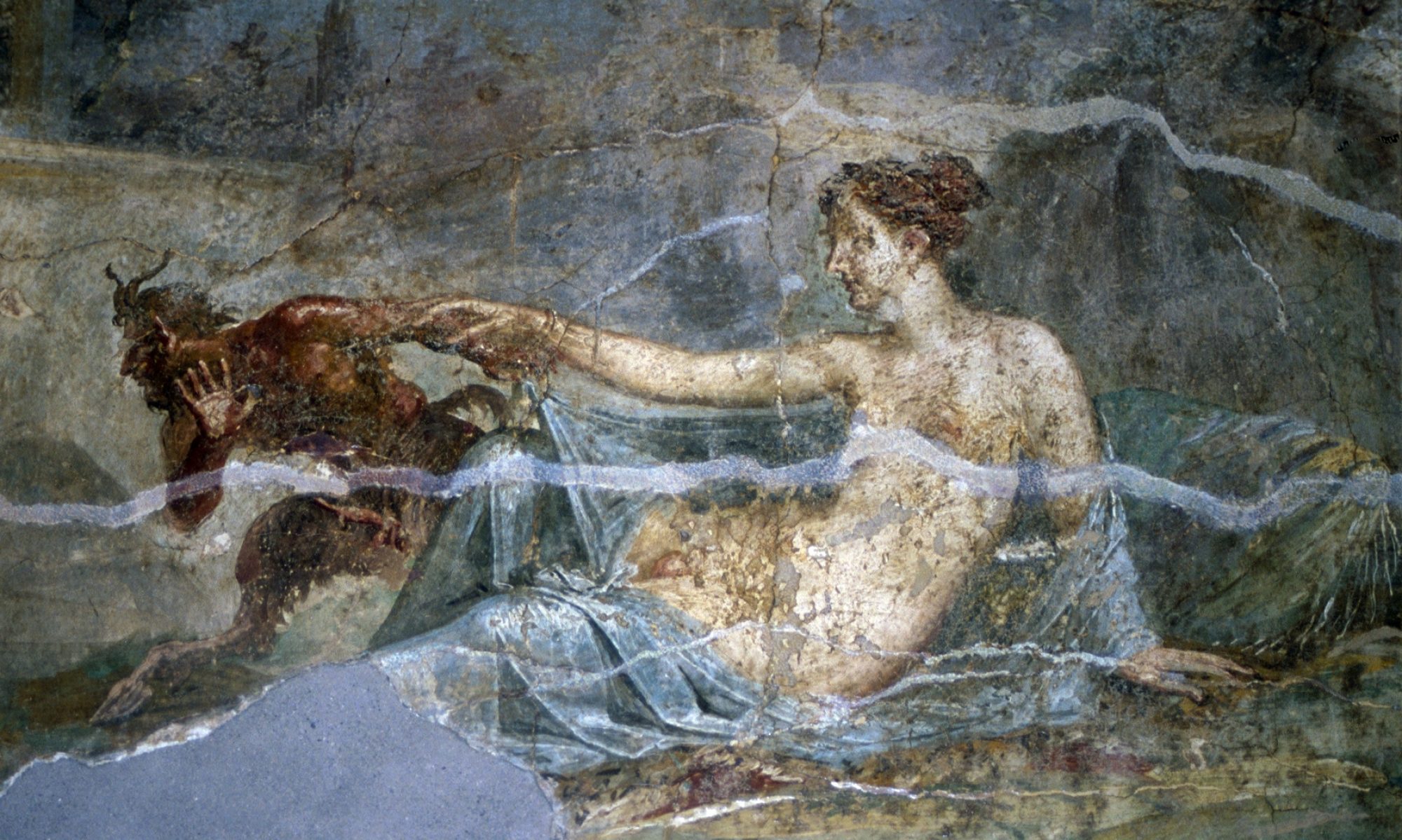
Again, this unit will consist of three elements: material culture, texts that survive from antiquity, and secondary literature. (remember the first two are both considered primary evidence). We’re sticking with Greece and allowing our focus to be primarily fifth century (400s BCE) Athens. There is also deeply interesting literature about gender and space for Rome, but Romans treat both space and gender rather differently than the Greeks. If you like this unit, you might consider using the research project as an opportunity to learn more about about either Greece or Rome.
Unlike last time, I don’t want you to leave the discussion board for the end. I have some threads there that may get you thinking about engendered space in your own lives and might help you think more clearly about the evidence and readings presented here. So go over to Bb and check those out before you continue.
…
Okay now that you’ve done a little thinking about engender space in the modern era, lets go backwards. Starting again with images and primarily images from pots.
Stuff to know about Pots
There are some basics about these pots you should know. The clay body is the orange color (though we tend call it red). The black is the paint. Details can be added to painted areas by scratching away the paint. Occasionally other paint colors besides black are used. The second most common paint color is white and this is often used to depict women’s skin. Often (but not always) in Greek and Roman art difference is skin color is used not to indicate race or ethnicity but instead gender: men are brown/black, women are light/white. Generally speaking there are three types of pots: black-figure, red-figure, and white ground. Generally speaking black-figure is a technique that is older than red-figure. From 7th-5th centuries BCE artists paint the figures on the red body of the clay; later, starting about 520 BCE, the artists start to leave only the designs, primarily human figures unpainted and fill in the negative space with black creating red figures, hence the name. White ground pottery is where nearly the whole vessel is painted white and then the figures and design is painted on top of that. This technique was less common and contemporary with both black figure and red figure pottery.
What can We learn about Gendered Space from Pots?
Based on the following images what activities seem typical of each gender? Where did these activities take place? What visual cues are you using to distinguish each gender?










Take a moment and collect your thoughts. Based on these images (a limited range, to be sure) what assumptions might you make about idealized gender roles and use of space in classical Athens? What patterns or habits of representation did you notice. Maybe jot down a note or two to get your brain working.
An Architectural Defense of Murder
The next reading a piece of oratory. It was written by a famous speech writer, Lysias, c. 400 BCE, for a man named Euphiletus to help him get off a murder charge against Erathosthenes. There no doubt that Euphiletus killed Erathosthenes, but Euphiletus is trying to convince a randomly selected jury of his peers (other male citizens) that it justified as he caught him ‘in the act’ and was not on the other hand premeditated murder (‘the act’ being a set up).
As you read and annotate using hypothes.is, I want you to pay careful attention to the rhetorical strategy, by looking for answers to the following questions
- What events mark turning points in the Euphiletus’ version of events? See if you can construct a timeline like for a crime reconstruction.
- What conditions were necessary for the lovers to meet and interact?
- What impression are we given of the husband? How does Euphiletus want the jury to think about him?
- How does the affair affect others beside the husband, wife, and adulterer? Who is effected according to Euphiletus’ defense?
- Can you draw a diagram of the house? Why is the house layout key to Euphiletus’ defense?
READING ASSIGNMENT for annotation (hosted on another site)
Training a Wife
This next piece of primary textual evidence is from Xenophon. Xenophon was a student of Socrates just like Plato, like Plato he wrote philosophical dialogues using Socrates as the main interlocutor (‘character’ ‘speaker’). Xenophon tends to be more interested with the practical than Plato and was also a famous political and military figure who wrote history as well, including regarding his own experiences.
This extract is from a work called the Oeconomicus, a compound title composed of the word for house(hold) (oikos) and the word nomos, which is probably best translated as or traditional social norm or custom, but is sometimes rendered laws, basically ‘what you ought to do’. This is the origin of our modern word ‘economy’.
As you read and annotate using hypothes.is, I want you to pay careful attention to the following:
- Where are the men who are having this conversation? What other places/spaces do they discuss?
- What Ischomachus expectation of the life of his wife before she comes into his household? What does Socrates think would have been her likely experience?
- What persuasions does Ischomachus use with his wife to convince her believe him and do as he wants?
- What characteristics are presented as innate in each gender?
- How does the bee metaphor work? can you bring in anything from our introductory materials?
- How does slavery intersect with gender roles?
- Why is Ischomachus’ wife like a man, according to Socrates?
- What ideals about health and beauty are reflected in this text?
READING ASSIGNMENT for annotation (hosted on another site)
Collect your Thoughts
Briefly make a note about what expectations the two primary textual sources share about the lives of citizen women and the spaces they should occupy. What are seen as threats to correct customs? Do these views seem in tension at all with the images above or do the texts and images harmonize well?
Secondary Literature
Above I’ve tried to keep the focus on both genders and allow us to consider, especially in the visual evidence, where we cannot easily sort the images into binaries, even as the source culture itself is very concerned to show women as marked and men as unmarked. Quite often we focus our attention on the marked, rather than unmarked. Let me give you some quick examples, for those unfamiliar with the terminology:
- There are cycling shoes and there are women’s cycling shoes.
- There are Lego and there are Lego for girls.
- There are Americans and there are African-Americans.
- There are dolls and there are ‘ethnic’ dolls.
(Retailers are starting to notice how much consumers dislike this and some have been marking or not marking all products more consistently.)


Marked and unmarked is a vocabulary borrowed from linguistics by the social sciences. It’s a useful extension of the normal/normative/norm vocabulary. Unmarked is all that is thought of as standard, expected. Marked are any variations. Often that which is marked is also considered ‘Other‘ (not like ‘us’). Women’s Studies is necessitated by the way women have been marked in many past cultures, especially Greece and Rome. Women’s Studies asks “Why has this gender been marked out as different or other?!” while simultaneously expanding fields of inquiry into neglected areas of study. However, it also creates space and methodologies for asking “How has gender effected men?”. Likewise, Black Studies asks “Why has Blackness been marked out as different or other?!” while simultaneously expanding feels of inquiry into neglected areas of study. However, it also creates space and methodologies for asking “What is Whiteness!?”.
In general, this class attempts to center gender, rather than women specifically, but the secondary literature and scholarly tradition owes a great debt to Women’s studies. Thus this article centers women. As your read it try to look for what this simultaneously tells us about the male experience.
Other key questions worthy of annotations with hypothes.is:
- What primary evidence is discussed?
- Can you connect anything in these readings to the primary evidence you saw above?
- Is the argument persuasive?
- Is the author thinking of women from only one social status or many?
Lisa Nevett, “Towards a Female Topography of the Ancient Greek City: Case Studies from Late Archaic and Early Classical Athens (c.520-400 BCE)” Chapter 4 of Foxhall, Lin., and Gabriele. Neher. Gender and the City before Modernity. Chichester; Wiley-Blackwell, 2013.
